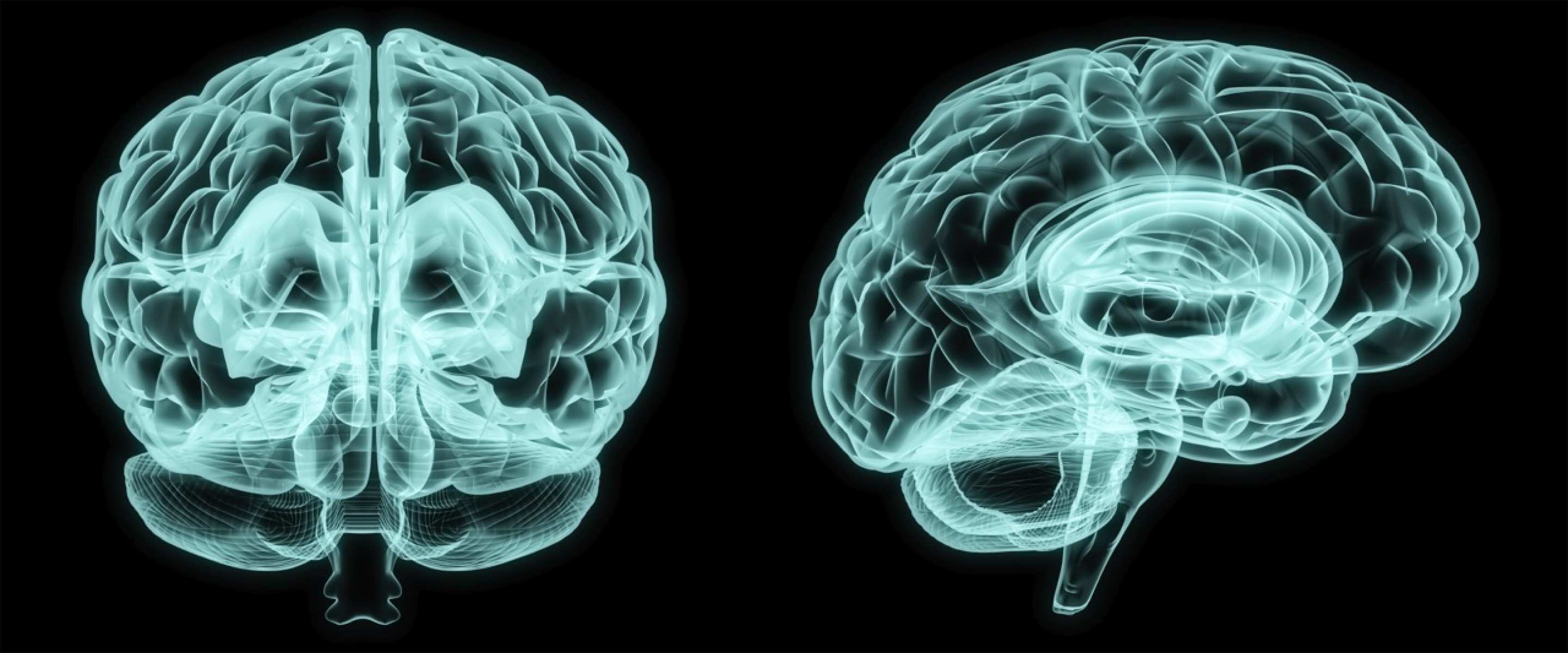Brain cancer experts crowdsource a cure for deadly glioblastoma
Leading clinicians and researchers are plotting to disrupt a deadly brain cancer.

One hundred and thirty clinicians and researchers from cancer centres in Australia and around the world meet in Washington, DC today to crowdsource a way to design an ambitious clinical trial aimed at rapidly identifying a cure for the world’s deadliest and most common brain cancer, glioblastoma.
“This will be a Silicon Valley approach to medical research,” says medical oncologist Dr Mustafa Khasraw, the Australian liaison for the study who will attend this week’s meeting in Washington. “We want to fail early and fail often so we can rapidly discriminate between effective and ineffective therapies,” says Dr Khasraw, a senior research fellow at the University of Sydney’s Clinical Trials Centre.
Glioblastoma is a malignant brain tumour that grows and spreads aggressively, overpowering healthy cells by consuming their space, blood and nutrients. About 1500 Australians are diagnosed with glioblastoma each year. It has one of the poorest of all cancer outcomes—one in five cases survive two years from diagnosis—and no effective therapies have been developed for more than a decade, despite hundreds of clinical trials of new drugs and technologies.
The collaboration, known as GBM AGILE (an Adaptive, Global, Innovative Learning Environment) is a large international adaptive clinical trial—so-named because clinicians and researchers will adapt and change drugs, doses and other aspects of the trial based on early feedback and results, rather than waiting years to make conclusions.
Dr Khasraw says the new line of attack against glioblastoma can be summarised in three words – disrupt, cure and collaborate.
“We’ll be disrupting many of the traditional methods used in clinical trials,” he says. “We will be applying the latest methods of trial design in the hope that multiple treatments can be tested within the same trial protocol, to accelerate drug evaluation far beyond current research methods. That’s because we want to learn as much as possible from every patient—about treatments, combinations of treatments, and biomarkers—and ultimately use that knowledge for effective treatment for all glioblastoma patients.
“Given that there have been no therapeutic breakthroughs to date we are completely focused on developing a cure for this deadly disease. To do that we need break down the silos of information that hinder rapid progress. This will be an enormous international collaboration, including a relatively large number of patients who will be enrolled into multiple arms of an adaptive trial using Bayesian statistics to assess efficacy of many new agents or treatment approaches at the same time. This will allow much faster assessment of new potentially useful therapies.”
Related articles
Resetting the table to halt expanding waistlines
Can farmers, producers and regulators work together at all points of the food supply chain to help curb Australia’s growing obesity problem?

Sydney's cyclists twice as happy as other commuters: new research
Sydney's commuting cyclists are twice as happy as people who drive, walk or use public transport to get to work, University of Sydney research reveals.
Athletes score for disability and donors
Wheelchair basketball athletes from the NSW Institute of Sport and Wheelchair Sports NSW showed their support for the Pave the Way campaign this week.